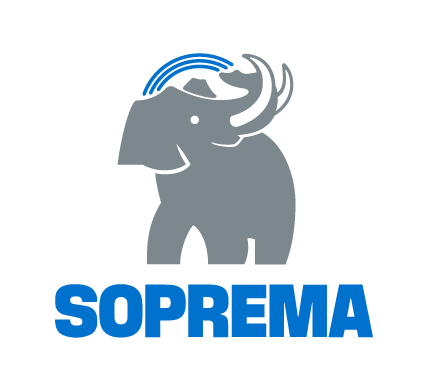 Add My Company
Add My Company
Sign In
PAVATEX: ADDRESSING OVERHEATING IN UK HOMES
20-06-2022

Compared to pre-industrial times, average land temperatures have risen about 1.2 °C. By 2052, global temperatures will likely exceed pre-industrial levels by 1.5 °C. The Met Office is warning that heat waves will become more frequent and more intense, predicting prolonged heat waves every other year from 2050 onwards, with temperatures exceeding 40 °C. How will the UK housing stock fare in all this? Not well, as two major 2021 studies have shown. Read on to discover their conclusions in more detail, and to find out how PAVATEX provides a much-needed answer to summer overheating.
NOT FUTURE-PROOFED FOR HEAT WAVES
As global temperatures rise, many UK homes fail to create a comfortable living environment and could even become uninhabitable. And because many people have adopted remote working since the pandemic, the sense of urgency around dealing with exposure to heat in homes heightens. A 2021 report by experts from Loughborough University in partnership with Building Research Establishment found that more than 4.6 million UK homes are experiencing summer overheating. The assessment revealed that, more specifically, 15% of living rooms and 19% of bedrooms in the entire UK housing stock suffer from overheating.
A similar study by the Climate Change Committee in 2021 led experts to call for a massive programme to address overheating in both new and existing buildings. The CCC report stated that 570,000 homes that have been built will overheat since the Committee first identified the problem of overheating. Responding to these findings, RIBA president Alan Jones has said that: “The proposed means to address overheating within the Future Buildings Standard remains far too basic; the Heat and Buildings Strategy is long overdue; and we still lack a clear plan to retrofit existing homes – not only to reach net zero, but to improve the quality of life for those who live there.”
SUMMER OVERHEATING CONTROL WITH PAVATEX
Besides being an excellent thermal insulator, our range of woodfibre insulation has an impressive capacity for summer overheating control. Where PIR insulation has a decrement delay of one to one and a half hour – which is the time it takes for the heat to pass through a building element – with woodfibre of the same thickness, it will take up to eight hours for the highest temperatures to pass through the building fabric. The advantages are obvious especially in European climates where there is a big difference between night and day temperature: PAVATEX stores heat during the day and releases it at night, mainly to the external environment.
SOPREMA tested the overheating control capacity of PAVATEX with this build-up:
This led to the following findings.
PAVATEX
With mineral wool, the peak in outside temperature (indicated by the black line) will almost instantaneously lead to a peak in inside temperature (the blue line). With a woodfibre build-up, by contrast, the latter peak is not only significantly delayed, causing it to fall in the middle of the night (as shown by the green line); the curve is also much flatter. In the case of maximum outside temperatures of 35 °C, mineral wool will lead to an inside temperature peak of 27 °C, while with PAVATEX the inside temperature never rises above 21 °C, ensuring pleasant room temperatures around the clock.
For build-ups with PIR and mineral wool to achieve the same protection against overheating as the protection offered by 160 mm of PAVATEX, they would need to be a lot thicker:
PAVATEX
THE ECO-FRIENDLINESS OF PAVATEX
In addition, PAVATEX enables carbon sequestration, capturing and storing atmospheric carbon dioxide. Trees absorb carbon as they grow, and that carbon gets locked into the woodfibre products that are made from these trees, for the entire lifespan of the building. When correctly designed, up to 70 to 80 percent of a PAVATEX system can be reused in a new product, making our insulation range a cradle-to-cradle material. Given that SOPREMA uses waste heat from, and shares resources with, a nearby papermill factory to produce PAVATEX, and as we rely on solar panels, even the energy that goes into the PAVATEX production process is carbon neutral.
For more information on PAVATEX: ADDRESSING OVERHEATING IN UK HOMES talk to SOPREMA UK
Enquire Now
List your company on FindTheNeedle.
